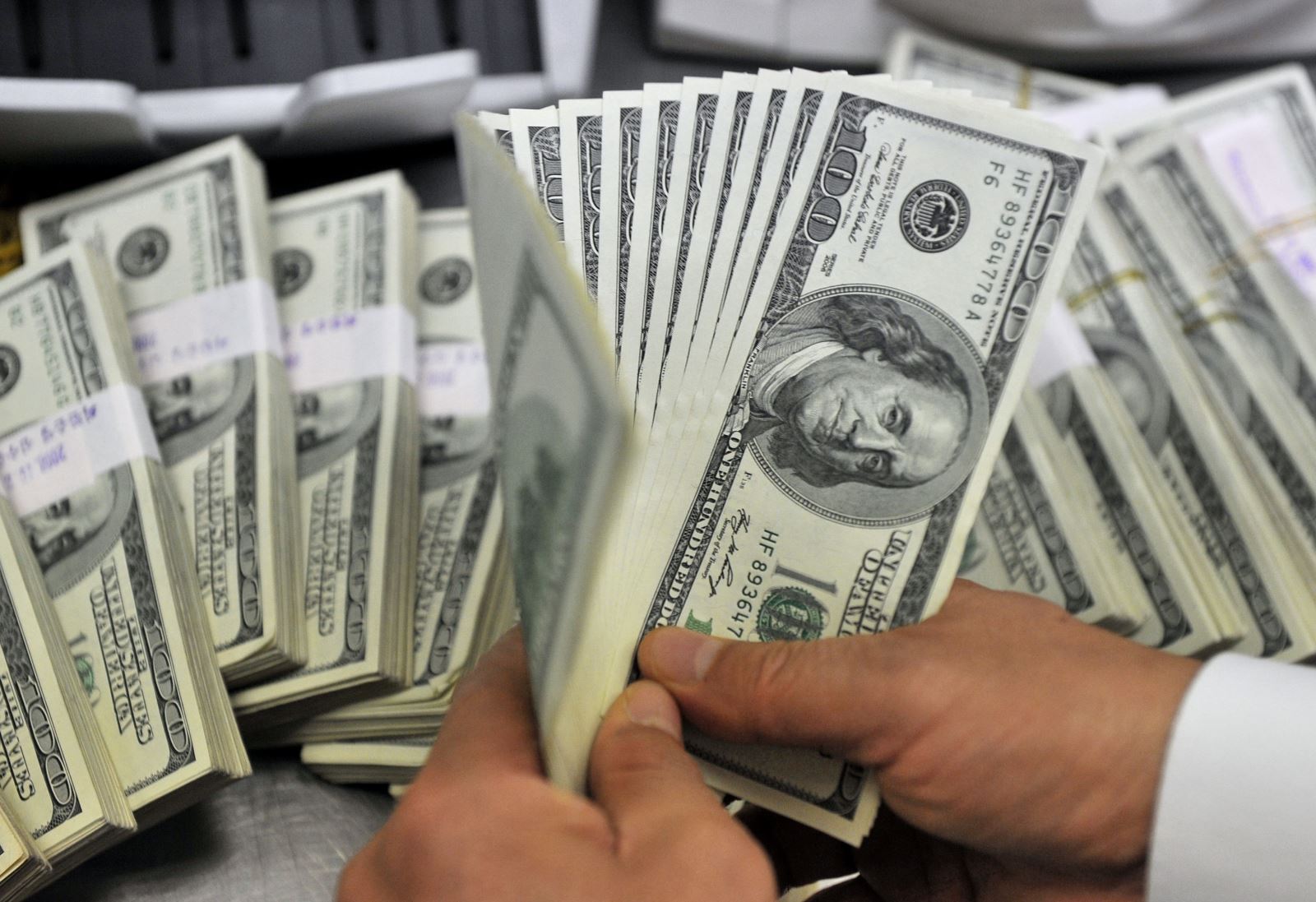
The unusual volatility and simultaneous weakness of US Treasury bonds and the dollar (USD) are signaling a global reassessment of US financial power, raising major questions about the currency’s long-standing hegemony. Commenting on the website Chinausfocus.com recently, Han Liqun, a researcher at the China Institute of Contemporary International Relations, said that the US dollar’s hegemony may soon face a crucial turning point.
Public debt pressure and record deficit
The deterioration of the US financial system stems from the relentless expansion of the budget deficit. In fiscal year 2024, the federal budget deficit will reach $1.8 trillion, the highest in two centuries outside the COVID-19 pandemic. Government borrowing will continue to rise, exceeding $1.3 trillion in the first half of fiscal year 2025 (ending in March).
The "One Big Beautiful Bill" bill pushed by the Trump administration is expected to add about $3.4 trillion to US government debt over the next decade, according to the Congressional Budget Office.
As a result, the US Treasury has been forced to increase debt issuance. As of August, federal debt had grown to more than $37 trillion, with a debt-to-GDP ratio of nearly 140% and annual interest payments of about $1 trillion.
Rising interest costs are the main reason President Trump is pressuring the Federal Reserve (Fed) to cut interest rates.
Supply-demand imbalance
Despite the surge in Treasury supply, market demand has been weaker than expected. Global central banks and investors have not been buying long-term Treasury bonds at the pace the U.S. government had anticipated. This imbalance in supply and demand has pushed Treasury yields higher, with the 30-year yield briefly surpassing 5%.
Ray Dalio, founder of Bridgewater Associates, said at a recent conference that the US government will need to issue another $12 trillion in bonds to cover the deficit ($2 trillion), interest ($1 trillion), and the cost of refinancing maturing debt ($9 trillion). The expert noted that there is currently not enough market demand to absorb such a large volume of issuance, leading to an imbalance.
The decline in Treasury bonds has coincided with a decline in the US dollar. Since January, the US dollar index has fallen more than 10%, falling below 97 several times. After President Trump announced aggressive reciprocal tariffs in April, the index plummeted below 100 for several days, hitting its lowest level in nearly three years. That is in stark contrast to the period from June 2021 to September 2022, when the index rose steadily.
The coexistence of weak Treasury bonds and a weak US dollar is a rare scenario and has attracted considerable market attention. Since the collapse of the Bretton Woods system in 1971, US Treasury bonds have become the mainstay of the dollar, transforming it into a "credit dollar" and a "debt dollar" backed by bonds.
Typically, the correlation between bond yields and the dollar index tends to favor the US: a booming economy can push both yields and the dollar index higher; or a flight to safety can push demand for bonds and the dollar index higher, while pushing yields lower.
However, the scenario playing out now is a rare one, where the market begins to doubt the creditworthiness of the US government, or where the government issues too many bonds. This leads to a weakening of demand and is forced to sell bonds at a discount (higher yield).
In this situation, the market's pessimism about the US economy causes money to flow out of Treasury bonds not into other dollar-denominated assets, but into other markets or currencies, thereby pushing the dollar index lower.
To maintain the stability of the global financial system and markets, Liqun said the US needs to restore confidence in Treasury bonds and the dollar. This depends on two main factors:
First, Washington must effectively control the budget deficit and achieve a more sustainable balance of payments to enhance market confidence in Treasury bonds.
Second, Washington must maintain the independence of monetary policy, allowing the dollar's value to be determined by markets rather than political intervention, thereby enhancing confidence in the currency.
The Trump administration’s policies are already showing signs of undermining the stability of public debt and the dollar. Despite repeated pledges, both during the campaign and after taking office, to increase revenue and reduce spending, the US budget deficit continues to grow. Increased tariffs and pressure on the Fed are adding to the uncertainty. If left unaddressed, this rare systemic shock could put the global financial system at great risk, and the dollar’s hegemony could soon face a historic turning point.
Source: https://baotintuc.vn/phan-tichnhan-dinh/suc-manh-dong-do-la-my-dang-lung-lay-20251014085626907.htm




![[Photo] Ready for the 2025 Fall Fair](https://vphoto.vietnam.vn/thumb/1200x675/vietnam/resource/IMAGE/2025/10/14/1760456672454_ndo_br_chi-9796-jpg.webp)





































































































Comment (0)